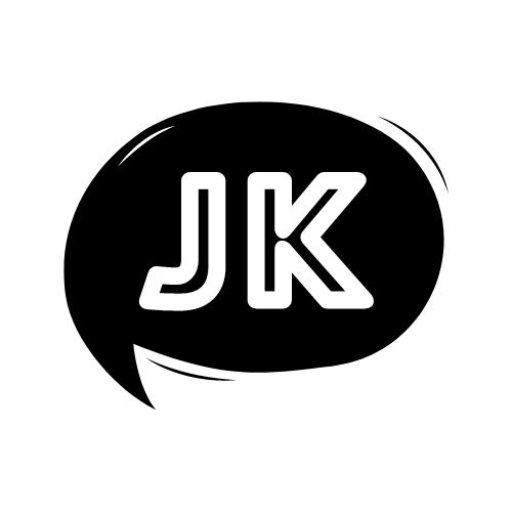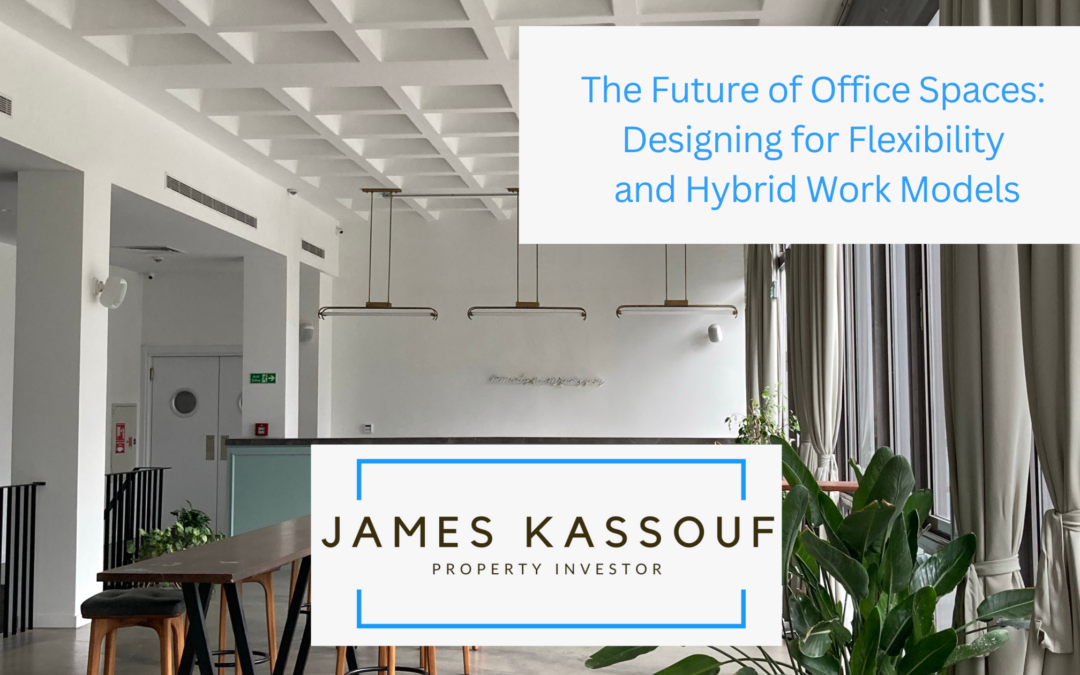As we move into the 21st century, the traditional office concept is transforming significantly. The rise of remote work, accelerated by the global pandemic, has prompted organizations to rethink how office spaces are designed and utilized. Flexibility and adaptability have become essential, driving a shift toward hybrid work models that blend in-office and remote experiences.
Embracing Hybrid Work Models
Hybrid work is not just a trend; it’s quickly becoming the norm. Employees now expect freedom to choose where they work, meaning office spaces must cater to diverse needs. This flexibility encourages a culture of trust and productivity, enabling individuals to tailor their work environments to suit their preferences. Companies increasingly recognize that the key to attracting and retaining talent lies in offering this level of choice.
Designing for Versatility
Office designs must now prioritize versatility. Open layouts that accommodate collaborative spaces alongside quiet areas for focused work are essential. Furniture that is easily movable, such as modular seating and adjustable desks, allows teams to reconfigure their environments based on daily requirements. Incorporating technology that supports both in-person and virtual collaboration is also vital. Meeting rooms with high-quality video conferencing tools ensure remote employees can engage seamlessly with their in-office counterparts.
Creating a Welcoming Environment
Beyond functionality, an office’s aesthetic appeal plays a crucial role in employee satisfaction. Spaces that feel inviting and comfortable foster creativity and well-being. Integrating natural elements—like plants and ample sunlight—can enhance mood and productivity. Thoughtful designs that incorporate areas for relaxation, social interaction, and even wellness activities can make the office desirable, encouraging employees to come in when they choose.
Adapting to Change
As work models continue to evolve, so too must office designs. Organizations need to remain agile and ready to adapt spaces based on employee feedback and changing dynamics. Regularly reassessing the effectiveness of the layout and facilities can lead to continuous improvement, ensuring that the workplace remains a hub of innovation and collaboration.
The future of office spaces is bright and full of potential. By focusing on flexibility, versatility, and employee well-being, organizations can create environments that enhance productivity and promote a positive work culture. As we embrace the hybrid work model, the office will evolve into a dynamic space that truly reflects the needs and preferences of its users, paving the way for a more engaged and motivated workforce.

